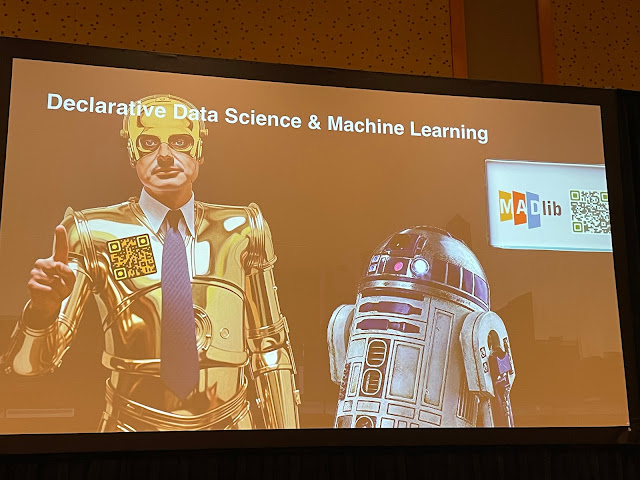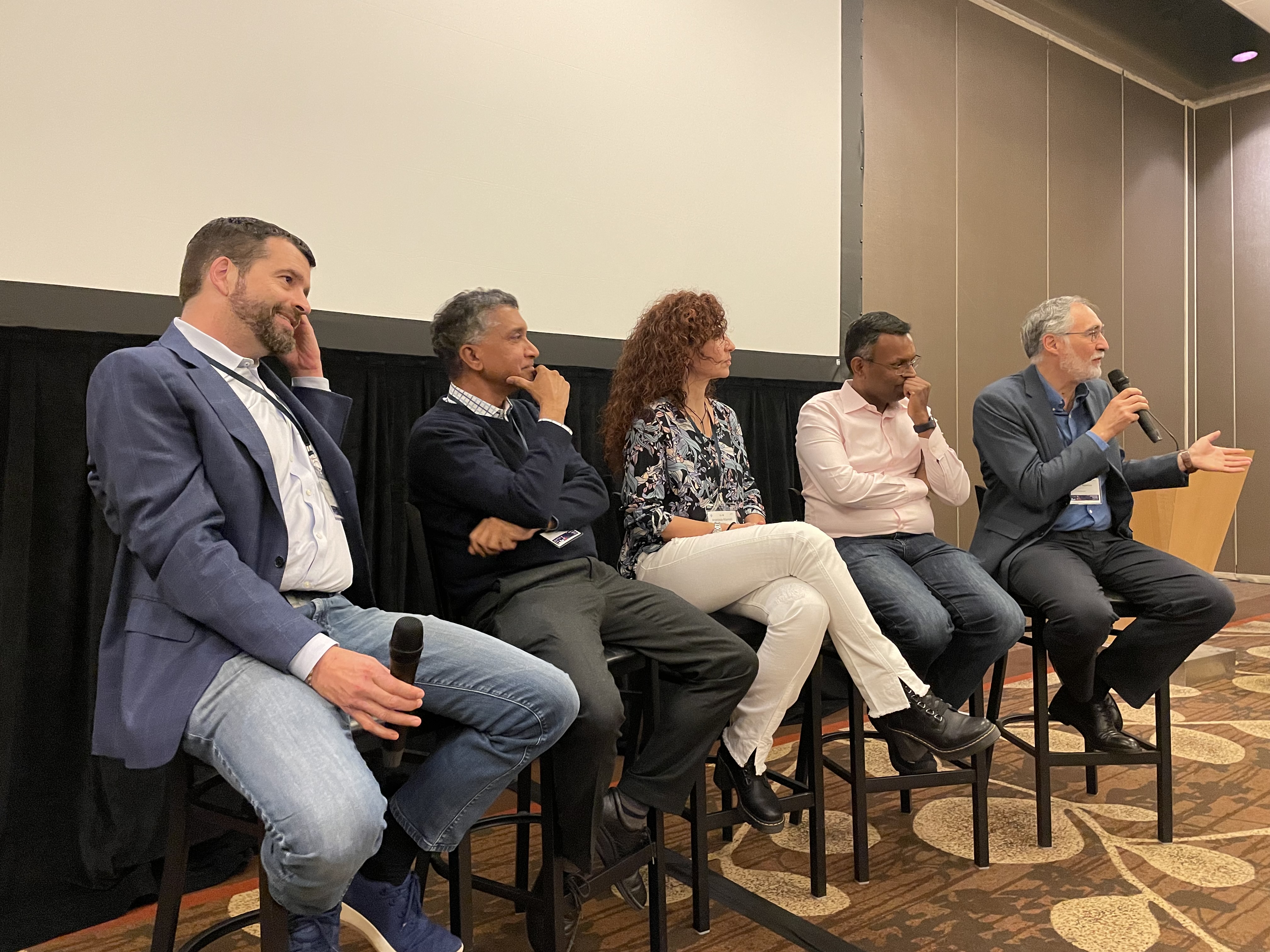Spanner: Becoming a SQL system

This is a VDLB 2017 paper. Last week we reviewed the F1 paper from 2012. It seems like F1 was an experiment and sort of a preview towards adding serious SQL support in Spanner. The original Spanner paper was published in 2012 had little discussion/support for SQL. It was mostly a "transactional NoSQL core". In the intervening years, though, Spanner has evolved into a relational database system, and many of the SQL features in F1 got incorporated directly in Spanner. Spanner got a strongly-typed schema system and a SQL query processor, among other features. This paper describes Spanner's evolution to a full featured SQL system. It focuses mostly on the distributed query execution (in the presence of resharding of the underlying Spanner record space), query restarts upon transient failures, range extraction (which drives query routing and index seeks), and the improved blockwise-columnar storage format. I wish there was discussion on the evolution of data manipulation/modi









